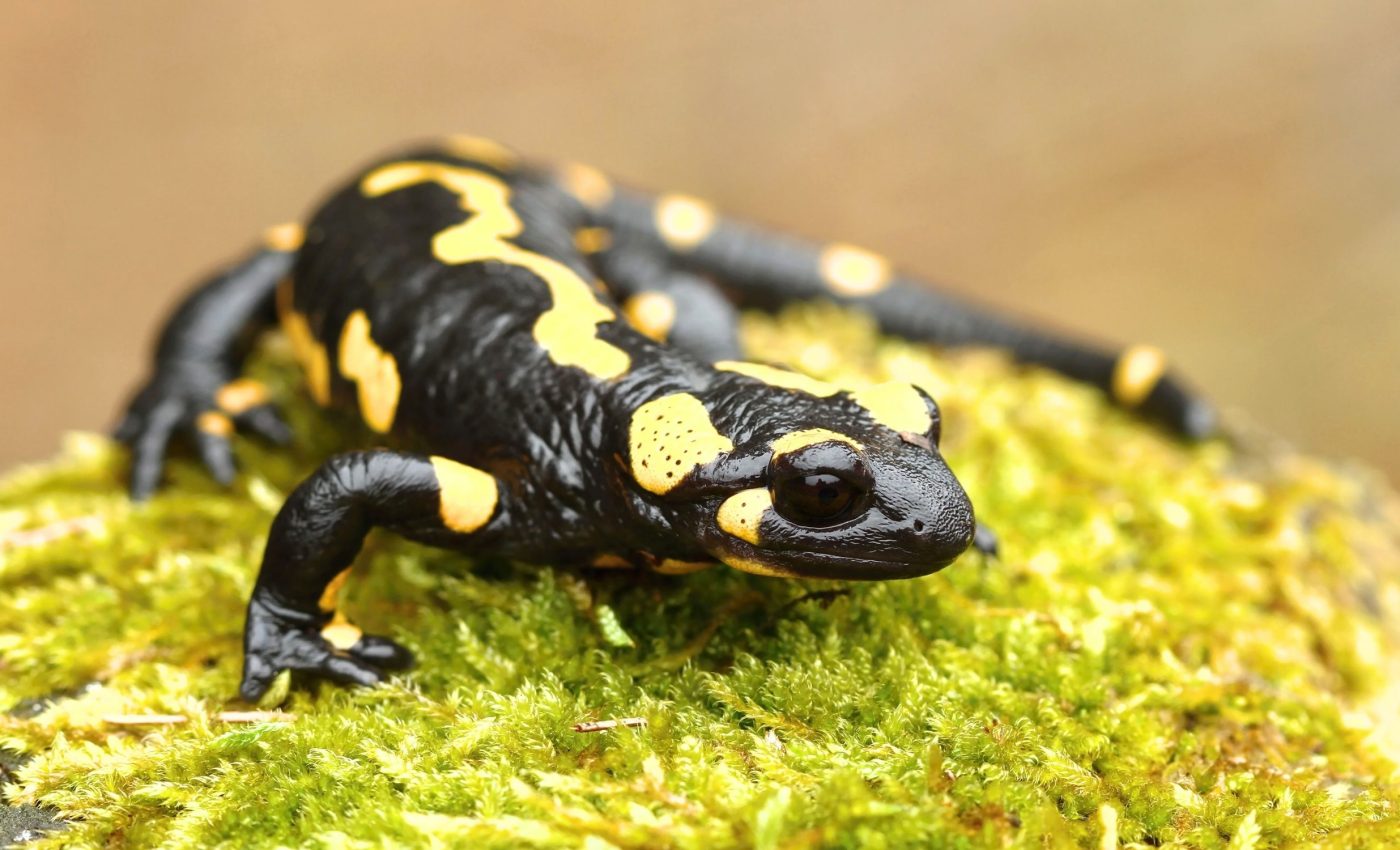
Amphibians are vanishing as climate and drought worsen globally
Amphibians, the class of cold-blooded vertebrates that includes frogs, salamanders, and caecilians, are facing a troubling forecast in many habitats across the planet.
The IUCN (International Union for Conservation of Nature) estimates that more than 40% of amphibian species are in danger of extinction due to climate change.
Amphibians endure pressures from habitat destruction, pollution, and disease. These concerns are combining with thermal shifts and rainfall disruptions that threaten to shrink amphibian populations even further.
At the Institute for Ecology, Evolution and Diversity, Dr. Evan Twomey and his team have been examining the impact of rising temperatures on these creatures.
Pollution, habitat loss and stress
The global investigation compared weather patterns of the last four decades with the vulnerability of more than 7,000 amphibian species.
Research confirms that environmental changes compromise amphibian habitats and set the stage for reduced breeding success and rising mortality rates, especially in species that rely on short-lived water bodies.
Small wetlands and vernal pools offer sites for egg-laying, but minor shifts in rainfall can leave these patches drained before tadpoles develop. This leaves fewer surviving offspring and upsets local amphibian populations.
Climate hurts amphibians’ breeding
“Amphibians’ dependence on temporary wetlands for breeding makes them particularly vulnerable to droughts and temperature shifts that causes their breeding grounds to dry prematurely,” explained Dr. Twomey.
“Our analyses show the direct connection between the increase in extreme weather events and the decline of amphibian populations.”
Hotter days can affect the skin of frogs and the respiration patterns of amphibian larvae, potentially reducing survival rates.
Severe cold spells in certain locales may push animals beyond their physiological limits and increase susceptibility to pathogens like chytrid fungus.
Threats vary by region and species
Rising temperatures in tropical forests have coincided with alarming declines in frogs throughout South America. Increased drought in European habitats has made life difficult for true salamanders (the family Salamandridae), which are closely tied to specific wetlands for breeding.
Professor Lisa Schulte is the head of the Department of Wildlife-Zoo-Animal-Biology and Systematics at Goethe University in Frankfurt.
“Already half of the true salamanders native to Central Europe are exposed to increasing droughts today, and this will likely get worse in the future,” she said.
Madagascar, home to many frogs found nowhere else, is also recording stronger heat waves that may leave less moisture in forest ecosystems. Some areas of the Southern Cone are seeing more cold spells that could pose an unexpected threat to local frog communities.
Whether it’s droughts, heat waves, or cooler conditions, researchers note that climate change in certain years may enable fungi to invade amphibian tissues, further hastening population drops.
Climate change hits amphibians
Climate change rarely works alone. Amphibians already face threats from pollution, land development, invasive species, and disease. Now, extreme weather is amplifying those risks in places already under stress.
Species exposed to both heat waves and droughts were far more likely to experience a worsening conservation status.
In some South American families like Aromobatidae and Odontophrynidae, over a third of the species face both threats. This double burden makes recovery harder, especially when conservation efforts focus on just one danger at a time.
What can help survival
Small ponds and protected breeding spots can improve amphibians’ chances of producing stable new generations.
Temporary shelters, such as PVC tubes or shady boards, may offer humidity and a barrier against scorching sun or extended drought.
Land managers in some regions have restored wetlands in ways that provide extra weeks of water retention. This small extension of wet conditions is often enough for tadpoles to grow and metamorphose, so these approaches may be one way to protect sensitive species.
Clear steps matter because amphibians help control insect numbers and serve as an indicator of environmental health. Without them, food webs lose a key piece, and ecosystems shift in unpredictable ways.
Helping amphibians face climate change
Salamanders play a quiet but crucial role in many ecosystems. They help control insect populations and serve as prey for larger animals, keeping food webs balanced.
Because they breathe partly through their skin, they’re highly sensitive to environmental change.
This means that salamanders are reliable indicators of deeper ecological problems that may affect other species, including humans.
The study is published in the journal Conservation Biology.
—–
Like what you read? Subscribe to our newsletter for engaging articles, exclusive content, and the latest updates.
Check us out on EarthSnap, a free app brought to you by Eric Ralls and Earth.com.
—–













